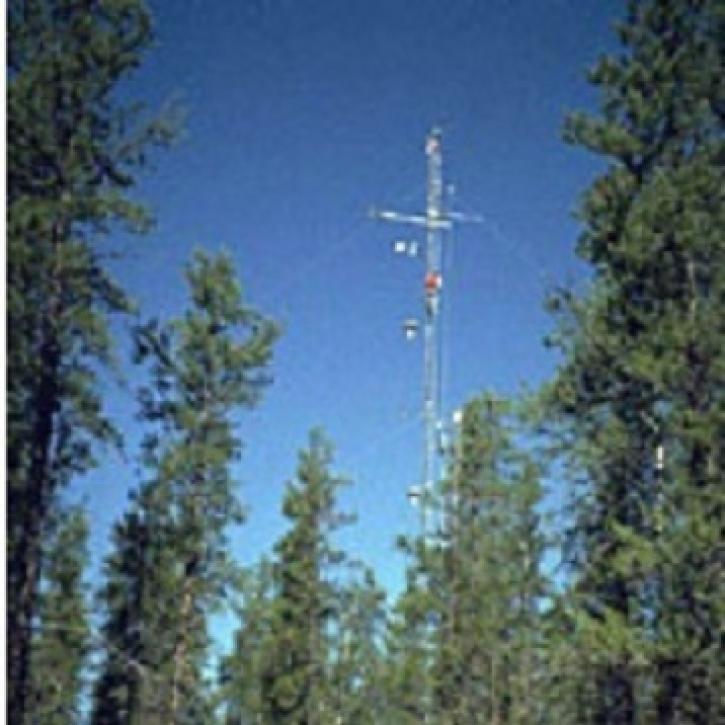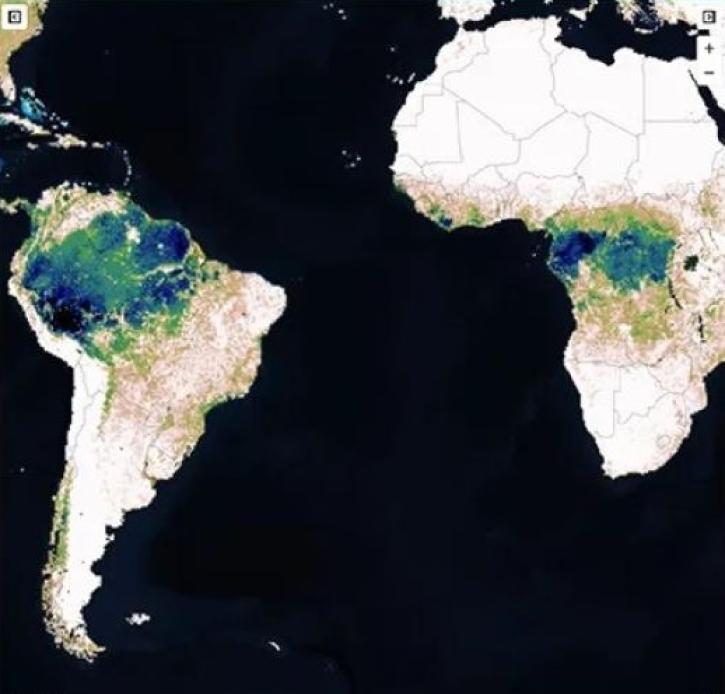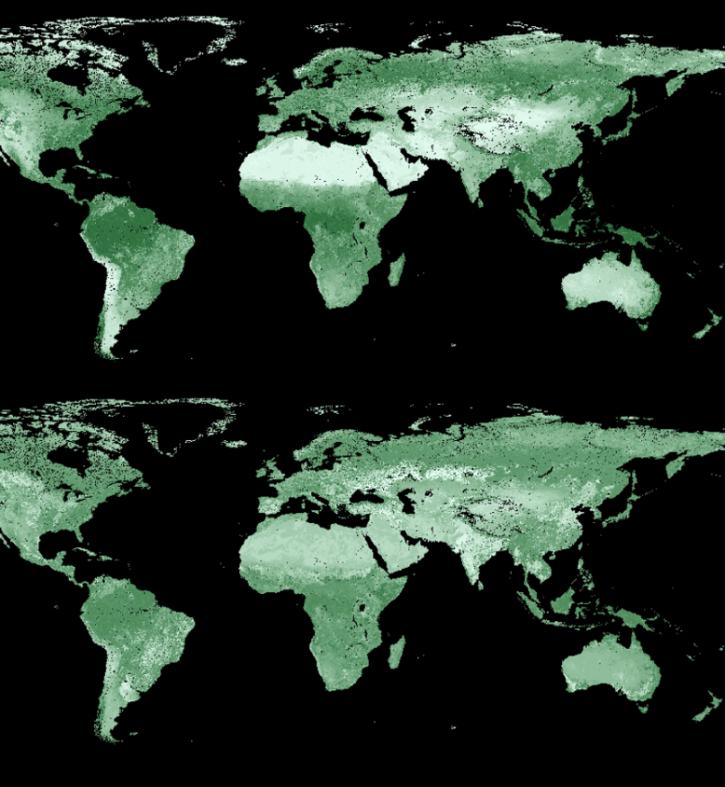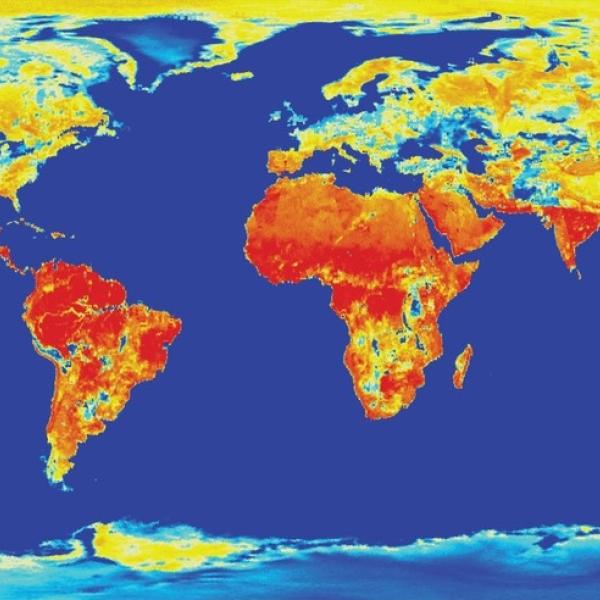Access a range of datasets and data tools to further your soil carbon research.
Soil is a major carbon sink, absorbing huge amounts of the element as part of Earth’s natural carbon cycle. The carbon in soil takes both organic forms, such as decomposed plant and animal matter, and inorganic forms, such as carbon locked inside minerals.
Organic soil carbon improves the fertility of the land, but many common farming practices reduce the amount of organic soil carbon, meaning that careful management is required to achieve the best crop production outcomes. Activities that release carbon dioxide from the soil also contribute to higher percentages of the heat-trapping gas in the atmosphere.
NASA’s Earth satellites collect vast amounts of data about the planet’s carbon cycle and soil characteristics, including soil carbon measurements. These data products help researchers understand the complexities of soil carbon management, including in the areas of ecosystem health, atmospheric composition, and agriculture.
Learn How to Use Carbon (Soil) Data




Join Our Community of NASA Data Users
While NASA data are openly available without restriction, an Earthdata Login is required to download data and to use some tools with full functionality.
Learn About the Benefits of Earthdata LoginFrequently Asked Questions
Earthdata Forum
Our online forum provides a space for users to browse thousands of FAQs about research needs, data, and data applications. You can also submit new questions for our experts to answer.
Submit Questions to Earthdata Forumand View Expert Responses